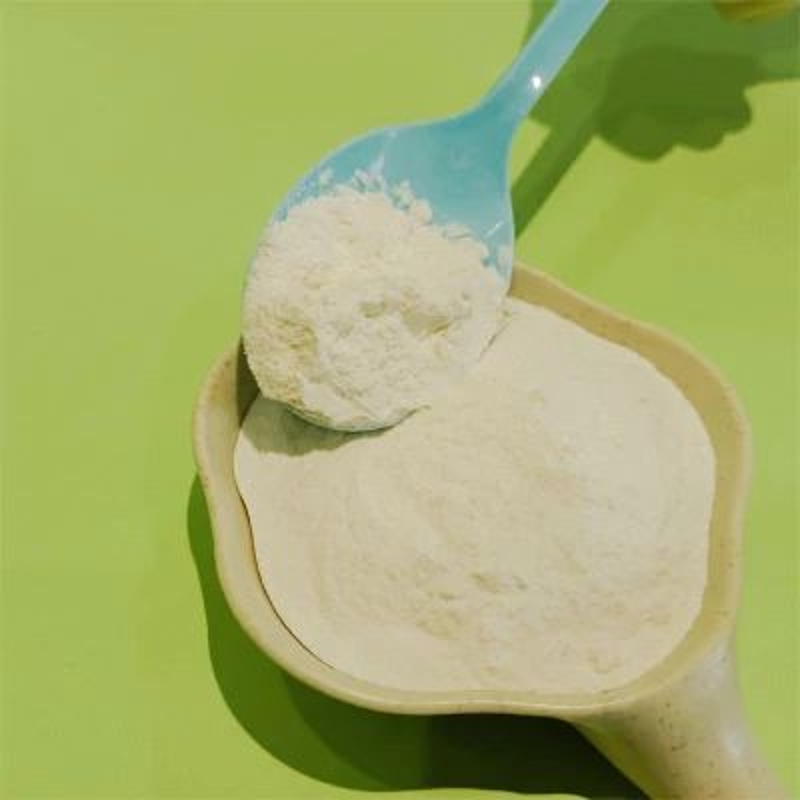-
Categories
-
Pharmaceutical Intermediates
-
Active Pharmaceutical Ingredients
-
Food Additives
- Industrial Coatings
- Agrochemicals
- Dyes and Pigments
- Surfactant
- Flavors and Fragrances
- Chemical Reagents
- Catalyst and Auxiliary
- Natural Products
- Inorganic Chemistry
-
Organic Chemistry
-
Biochemical Engineering
- Analytical Chemistry
-
Cosmetic Ingredient
- Water Treatment Chemical
-
Pharmaceutical Intermediates
Promotion
ECHEMI Mall
Wholesale
Weekly Price
Exhibition
News
-
Trade Service
Carlos Lima, executive director of the Brazilian Sugarcane Wine Institute (Ibrac), recently pointed out that September 13th is Brazil's National CasaZa Wine Day, with 8.74 million Brazilian Casa wine exports in 2017 Exports reached more than 60 countries, with exports reaching $15.8 million, or about 65 million heao, and total sales of Casasa wine reached 1 million heao, up 13.43 percent from 2016.
a survey published by Brazil's National Geographic Institute (IBGE) showed that in 2017 there were 11,023 casasa producers in Brazil, but Carlos Lima said most casas producers were unlicensed because there were only 1,500 casasa producers registered with brazil's Ministry of Agriculture.
, the U.S. is the most important export destination for Casasa wine in more than 60 countries that Brazil exports.
year, Brazil exports 17.69 per cent of its exports to the United States, while exports to Germany account for 17.44 per cent.
Brazil's S?o Paulo, Pernambuco, Ceará, Minas Gerais and Paraíba are the country's leading sugar cane producers.
production of casasa has remained stable in recent years, with brazil's casasa production reaching 800 million litres in 2017, according to the Brazilian Sugarcane Wine Institute.
point of view of domestic consumption, the annual consumption of casasa wine in Brazil is about 510 to 520 million litres, equivalent to 72 per cent of Brazil's alcohol consumption.
we expect consumption of Casasa wine in Brazil to remain unchanged this year.
," Carlos Lima said.
。







